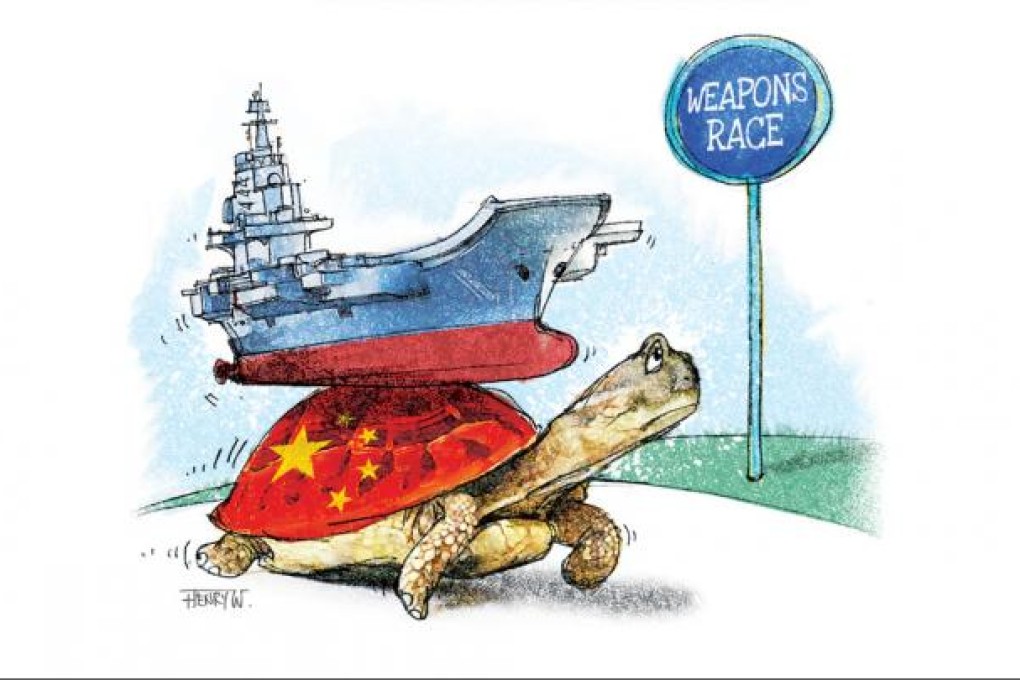China should focus on hi-tech weapons, not plodding old carriers
Trefor Moss says China should concentrate its military efforts on hi-tech systems instead of spending time and money on aircraft carriers already heading for extinction

Laser guns have always played a central role in military affairs - ask any six-year-old boy or Hollywood scriptwriter. OK, so that role has been wholly imaginary - until now. Technology has a clever habit of outdoing fantasy, and this month the US Navy announced that it has finally produced a working Laser Weapon System (the US military has been trying to develop something like this for decades). After proving itself by shooting down target drones in 12 out of 12 tests, the laser will be on board an active US warship by next year, probably in the Persian Gulf, ready to zap Iranian missiles.
We can all marvel at the technological wizardry: this is a beam of light, fired from a moving ship, which destroys incoming boats, missiles and aircraft by scourging them like a blowtorch. One day soon, the navy may no longer have to load its ships with all those heavy, dangerous missiles and bullets - expensive, outmoded things you can only fire once. The ammo-less Laser Weapon System promises infinite defence (provided you keep the batteries charged, and the weather isn't too cloudy); and once you've spent US$40 million installing it, pulling the trigger costs virtually nothing.
Military planners have yet to understand the full implications of their newest gizmo, but once laser weapons reach maturity, maybe a decade from now, they could render many of our most reliable military assets obsolete - even nuclear missiles might become useless, if they can be harmlessly incinerated mid-flight. So yes, lasers might just change the world.
That's all a long way off. For now, it's mind-boggling just to witness the emergence of so many futuristic military inventions, of which the Laser Weapon System is just one example - real, working equipment that even 10 years ago would have seemed too far-fetched to mention outside the barmy confines of a science- fiction convention.
Within our lifetimes, warfare is clearly going to get much, much stranger. Robots are already replacing humans in some military roles, and soon unmanned craft will outnumber piloted planes, ships and vehicles, if not replace them entirely. The US Navy might be fitting lasers onto its warships today, but quite soon those ships could be heading for the museum: unmanned combat drones with no limit to their range will be able to patrol the oceans and protect civilian shipping far more effectively than yesterday's plodding surface vessels.
The machines we do build will be powered by next-generation propulsion systems, hypersonic ramjets that can drive aircraft and projectiles at many times the speed of sound. And the internet could be the most important battlefield of all, as cyberwarfare teams launch virtual strikes with the power to destroy the critical infrastructure of entire countries.